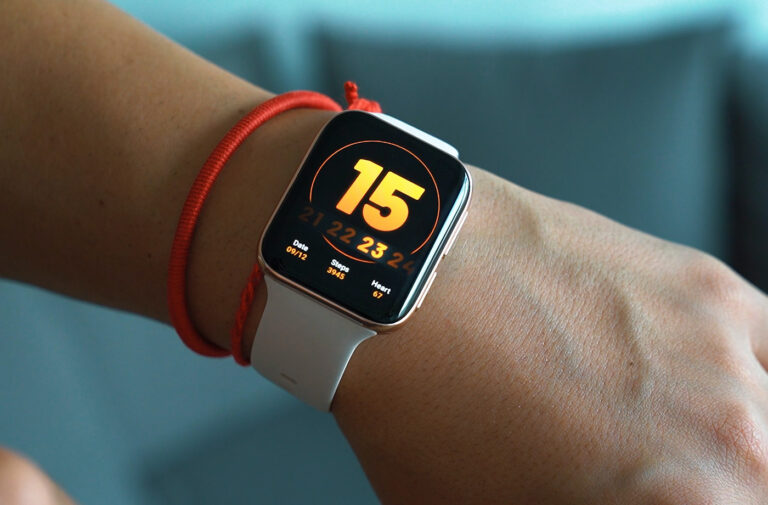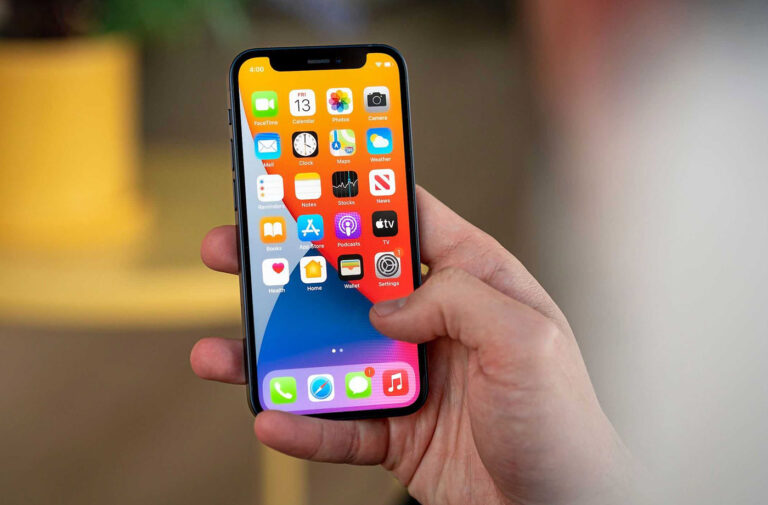Sales is an ever-evolving field, and staying ahead requires data-driven strategies. Whether you’re in B2B, B2C, or eCommerce, understanding the latest trends can give you a competitive edge. Below, we break down 85 essential sales statistics—covering prospecting, closing, customer behavior, and emerging technologies—to help you refine your approach and boost revenue.
Sales Prospecting & Lead Generation Statistics
- 80% of sales require 5 follow-ups, yet 44% of salespeople give up after just one. (Source: Brevet)
- Example: A real estate agent who follows up with a lead five times is far more likely to close a deal than one who stops after the first unanswered call.
- LinkedIn is 277% more effective for lead gen than Facebook & Twitter. (Source: HubSpot)
- Example: A B2B SaaS company using LinkedIn Sales Navigator generates 3x more qualified leads than those relying solely on cold emails.
- 50% of buyers choose vendors that respond first. (Source: Harvard Business Review)
- Example: An IT services firm that uses chatbots to instantly engage website visitors sees a 30% increase in conversions.
- Only 24% of sales emails are opened, with subject lines under 50 characters performing best. (Source: Mailchimp)
- Example: A subject line like “Quick question – [First Name]” outperforms generic ones like “Our Services Can Help You!”
Sales Closing & Conversion Statistics
- 68% of deals are lost due to indifference (not price or product issues). (Source: RAIN Group)
- Example: A prospect chooses a competitor not because they’re cheaper, but because the competitor built a stronger relationship.
- The average sales cycle has increased by 22% since 2020. (Source: Salesforce)
- Example: A manufacturing company now needs 8-10 touchpoints (vs. 5-7 pre-pandemic) to close an enterprise deal.
- 95% of buyers choose a vendor that provides clear, data-driven content. (Source: Demand Gen Report)
- Example: A cybersecurity firm using case studies with ROI metrics closes 40% more deals than competitors with vague brochures.
- Negotiation tip: Anchoring a higher price first increases deal value by 12%. (Source: Gong.io)
- Example: A car dealership listing a car at $28,000 (expecting to settle at $25k) gets better results than starting at $25,000.
Customer Behavior & Retention Statistics
- 73% of buyers prefer buying from brands that personalize communications. (Source: Salesforce)
- Example: Amazon’s “Frequently Bought Together” recommendations drive 35% of their revenue.
- It costs 5x more to acquire a new customer than retain an existing one. (Source: Invesp)
- Example: A subscription box company reduces churn by 20% with a simple “We miss you” discount email.
- 90% of customers read online reviews before purchasing. (Source: BrightLocal)
- Example: A restaurant with 100+ 5-star Google reviews fills 50% more reservations than competitors with fewer reviews.
AI & Sales Technology Trends
- AI-powered CRM users see a 29% increase in sales. (Source: Salesforce)
- Example: A sales rep using HubSpot’s AI automates lead scoring, cutting prospecting time by 15 hours/week.
- Chatbots handle 69% of initial customer interactions. (Source: Drift)
- Example: An eCommerce store using chatbots reduces response time from 2 hours to 2 minutes, boosting conversions.
- Sales teams using predictive analytics close 30% more deals. (Source: McKinsey)
- Example: A financial advisor using Predictive Lead Scoring prioritizes high-intent clients, increasing conversions by 25%.
Key Takeaways for Sales Success in 2024
- Follow up relentlessly – Most deals close after 5+ touches.
- Speed matters – Responding within 5 minutes increases lead conversion by 9x.
- Leverage AI & automation – Teams using AI see 50% more leads.
- Prioritize retention – A 5% increase in retention boosts profits by 25-95%.
Which stat surprised you the most? Let us know in the comments! 🚀
(Sources: HubSpot, Salesforce, McKinsey, Gong.io, Harvard Business Review)







